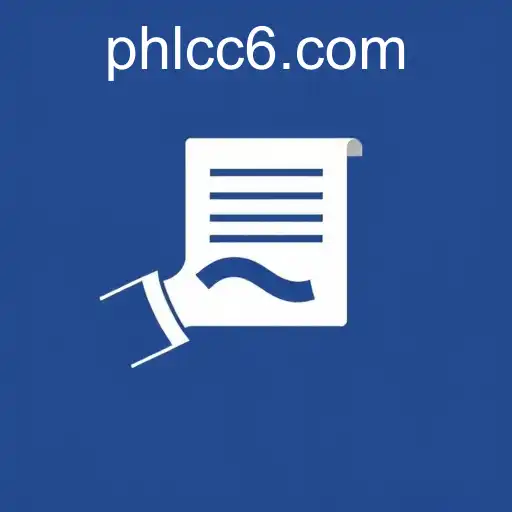User Agreement: Unpacking the Core Concepts
User agreements are a cornerstone of our digital world. Often seen as mundane and jargon-filled, they function as vital contracts that guide user interaction with digital platforms. In an era where online interactions govern much of our daily lives, understanding the ins and outs of user agreements is more critical than ever.
Understanding User Agreements
User agreements, also known as terms of service or terms and conditions, set the legal foundations for the interaction between users and service providers. These documents outline the rules, rights, and responsibilities of both parties involved. They serve to protect the interests of the service provider and offer clarity to the users regarding the platform's usage.
The Purpose of User Agreements
The primary purpose of a user agreement is to shield companies legally. These documents specify what is and isn't permissible on their platforms, establishing a framework for resolving disputes. Moreover, they inform users of their rights, like privacy protections and access to support services.
The Structure of a User Agreement
User agreements usually begin with a general introduction followed by specific clauses that cover a wide range of aspects. Although these agreements can vary considerably depending on the nature of the platform, there are commonalities across most. Let's delve into some typical sections you might encounter.
Acceptance of Terms
This section explains that by using the platform, users accept and agree to abide by the terms of the agreement. This clause is foundational, providing the legal basis for enforcement.
User Obligations and Restrictions
Typically, this part delineates the dos and don'ts for users. It might cover rules about creating accounts, issues related to intellectual property, or guidelines against abusive behavior.
Privacy Policy
Privacy is a critical concern in today’s digital economy. Most user agreements include a privacy policy section that outlines how personal data is collected, used, and shared. This aligns with laws such as GDPR and CCPA.
Common Challenges in Creating User Agreements
Drafting effective user agreements comes with its fair share of challenges. Companies must craft documents that balance legal thoroughness with user-friendliness. A major challenge is the language itself; agreements filled with legal jargon can deter users from thoroughly reading them.
Keeping it Simple
Some companies strive to write user agreements in plain language. This approach fosters a better understanding of terms, thus potentially reducing misunderstandings and disputes.
Ensuring Compliance
Another challenge involves ensuring that the agreements comply with various legal frameworks. This can be particularly complex for organizations operating across multiple jurisdictions, each with its unique set of regulations.
"CC6": Future Trends in User Agreements
The term "cc6" hints at contemporary changes within user agreements. Incorporating technology-driven solutions like smart contracts or blockchain to make agreements more transparent and harder to dispute is a developing trend in this domain.
Smart Contracts: A Revolutionary Approach
Smart contracts could redefine user agreements. Based on blockchain technology, these contracts can automatically enforce terms without the need for intermediaries, boosting transparency and accountability.
Decentralization and Its Impact
Emerging decentralized platforms present unique challenges and opportunities for user agreements. With less centralized oversight, these agreements have to adapt, encompassing stringent measures to enforce terms while accommodating users’ privacy and autonomy.
Navigating the User Agreement Landscape
With user agreements evolving at a brisk pace, navigating this complex landscape requires both vigilance and adaptability. Users and companies alike have a responsibility to stay informed about changes and trends that can impact their digital interactions.
Staying Informed as a User
For users, the key to navigating this landscape successfully is awareness. Taking the time to read and understand user agreements can prevent potential issues. Being informed enables users to exert greater control over their digital footprints.
The Company's Role
For service providers, regularly updating user agreements to reflect changes in legal frameworks and technology is vital. Companies must ensure that their agreements are not only legally sound but also accessible to the average user.
The evolution of user agreements continues to unfold, shaped by technological advances and legal developments. As we move forward, the challenge remains to craft agreements that protect interests while fostering understanding and ease of use.
Read More on Our Home Page: Visit our homepage for the latest insights and trends in digital interactions.










 Join now
Join now